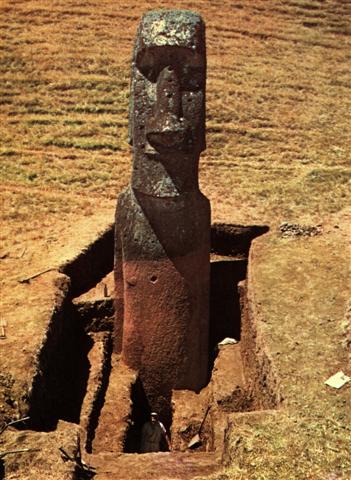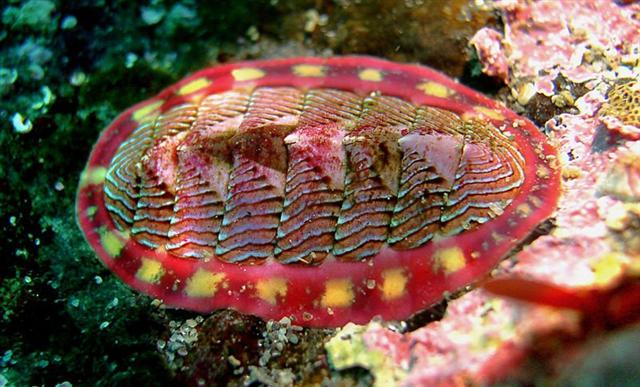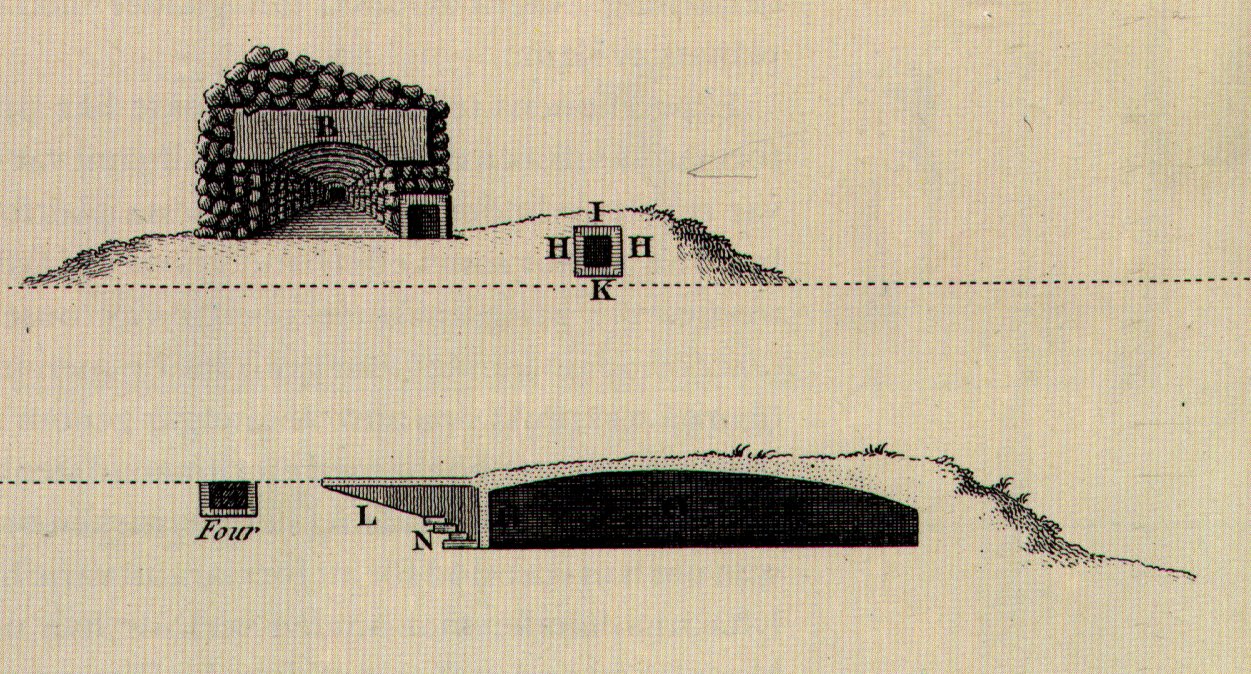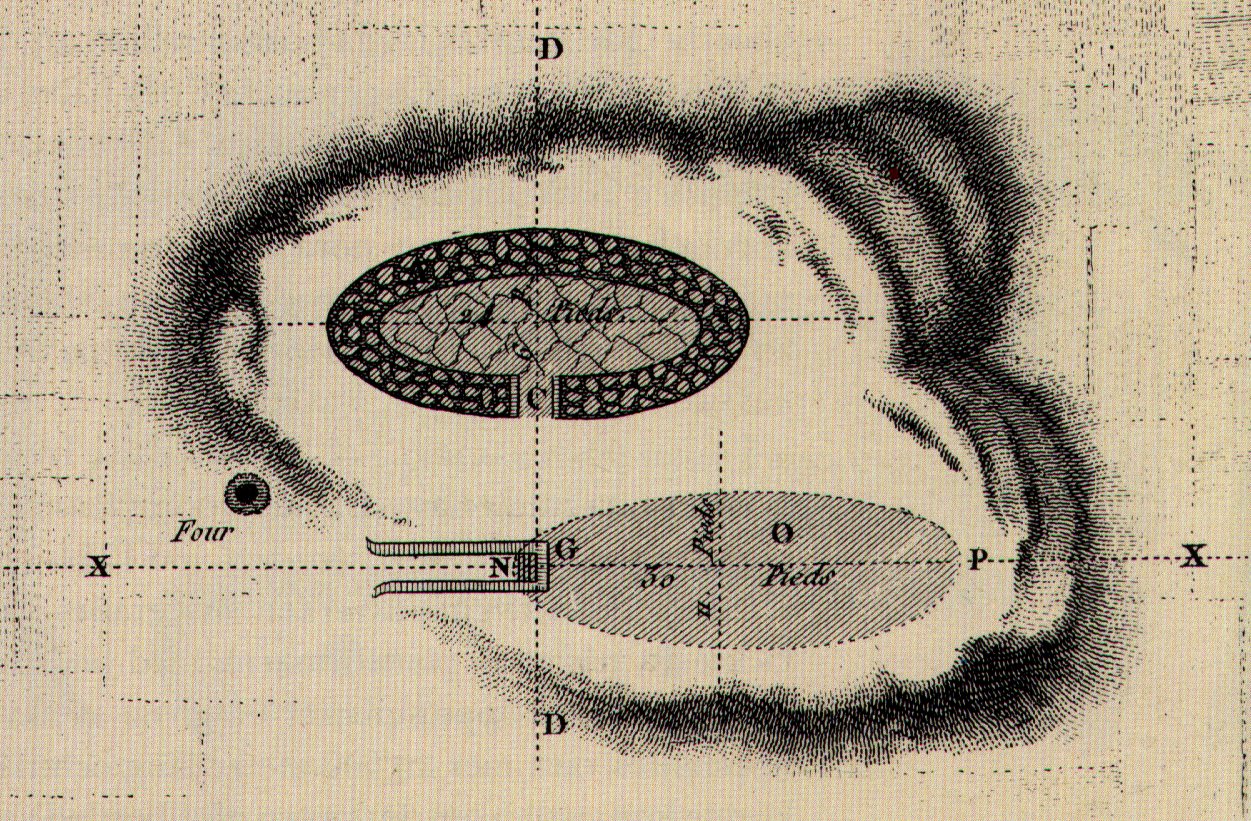Manuscript E describes how the double-canoe arrived to Easter Island in Tagaroa Uri 15 (288). But in rongorongo times the Sun would had moved earlier in the year, i.e. I suggest the relevant stars when Julius Caesar determined his new Sun calendar had moved ahead to Ko Ruti 11:
315 (Ko Ruti 11) - 288 (Tagaroa Uri 15) = 27 = the precessional depth from the times of rongorongo back to the times of Al Sharatain. Gemma is α Corona Borealis and Sirrah (α Andromedae) was culminating at midnight.
In this Greek illustration Andromeda has her eyes closed, suggesting a dark time. And the glyph type mama probably also signifies a dark time:
South of the equator, on Easter Island, the seasons were opposite to those north of the equator, for instance in Egypt. When the eye of the Sun was 'open', in summer, it was the opposite on Easter Island. Probably the mama glyph type has lines across to make clear there was no light present. It was 'night'. Inside an overturned canoe the rays from the Sun cannot reach. On the slopes of Rano Raraku in the east, where the Sun (and the other stars) were rising, 'overturned canoes' (hare paenga) dotted the landscape. This was where the moai statues were born.
Day number 172 for Ga7-3 (where 73 = 365 / 5) probably alluded to midsummer (with June 21 as day 172 in the Gregorian calendar). At midsummer a new year was born. ... Midsummer is the flowering season of the oak, which is the tree of endurance and triumph, and like the ash is said to 'court the lightning flash'. Its roots are believed to extend as deep underground as its branches rise in the air - Virgil mentions this - which makes it emblematic of a god whose law runs both in Heaven and in the Underworld ... The month, which takes its name from Juppiter the oak-god, begins on June 10th and ends of July 7th. Midway comes St. John's Day, June 24th, the day on which the oak-king was sacrificially burned alive. The Celtic year was divided into two halves with the second half beginning in July, apparently after a seven-day wake, or funeral feast, in the oak-king's honour ... If Ga7-3 alludes to midsummer (June 21 and 11 days after June 10), then Ga7-6 should allude to St John's Day. The month when Father Light (Jupiter) was sacrificed could have had a 7-day funeral feast and Al Zubānā-14 covers 7 nights:
There are 5 lines drawn across mama in Ga7-3, perhaps to indicate 365 - 360. A real mama (chiton) can have more:
It should be mentioned there was a custom to transfer the hut onboard a canoe for long voyages up onto land and there to be converted into a house to live in: "Round-ended houses are known in Samoa, Mo'orea, the Tuamotus and Hawaii. At the Halawa Dune site on Molokai a conjectural reconstruction of an early round-ended house with a crawl entrance is very similar to the Rapa Nui hare paenga. Métraux noted the similarities in plan and general aspect between Rapa Nui and Tuamotuan structures, and E.N. Ferdon Jr. postulated that Tuamotuan canoe cabins were the source of hare paenga. These cabins were meant to provide shelter for crew members while aboard the large double canoes in which the highly adventurous and very capable Tuamotuan voyagers sailed long distances. The structures were cleverly designed to be carried ashore after landing, thus providing ready-made, temporary shelter We have few construction details for the Tuamotuan deck cabins, but the distinctive, boat-shaped exterior form of one on a double-canoe model from Fagatau (Fangatau) is precisely that of a hare paenga. Its rectangular door is set in the side wall of the structure, just as are the doors of all the hare paenga archeologically known. Contemporary sources say that the actual space for the door in the sidewall of a hare paenga was rectangular, although it was sheltered by the extension of a porch which was either oval or rounded in section." (Van Tilburg) Finally, if hare paenga corresponded to Raven's female shelters, what then could on Easter Island have been a male shelter? No doubt the following stone building. (Picture copied from Påskön, en gåta som fått svar. Drawings from the expedition of La Pérouse, 1786.). One half (È) of the clamshell was buried in the earth and the other half (Ç) was above:
|
|||||||||||||||||||||||||||||||||||||||||||||||||||||||||||||||||||||||||||||||||||||||||||||||||||||||||||||||||||||||||||||||||||||||||||||||||||||||||||||||||||||||||||||||||||||||||||||||||||||












